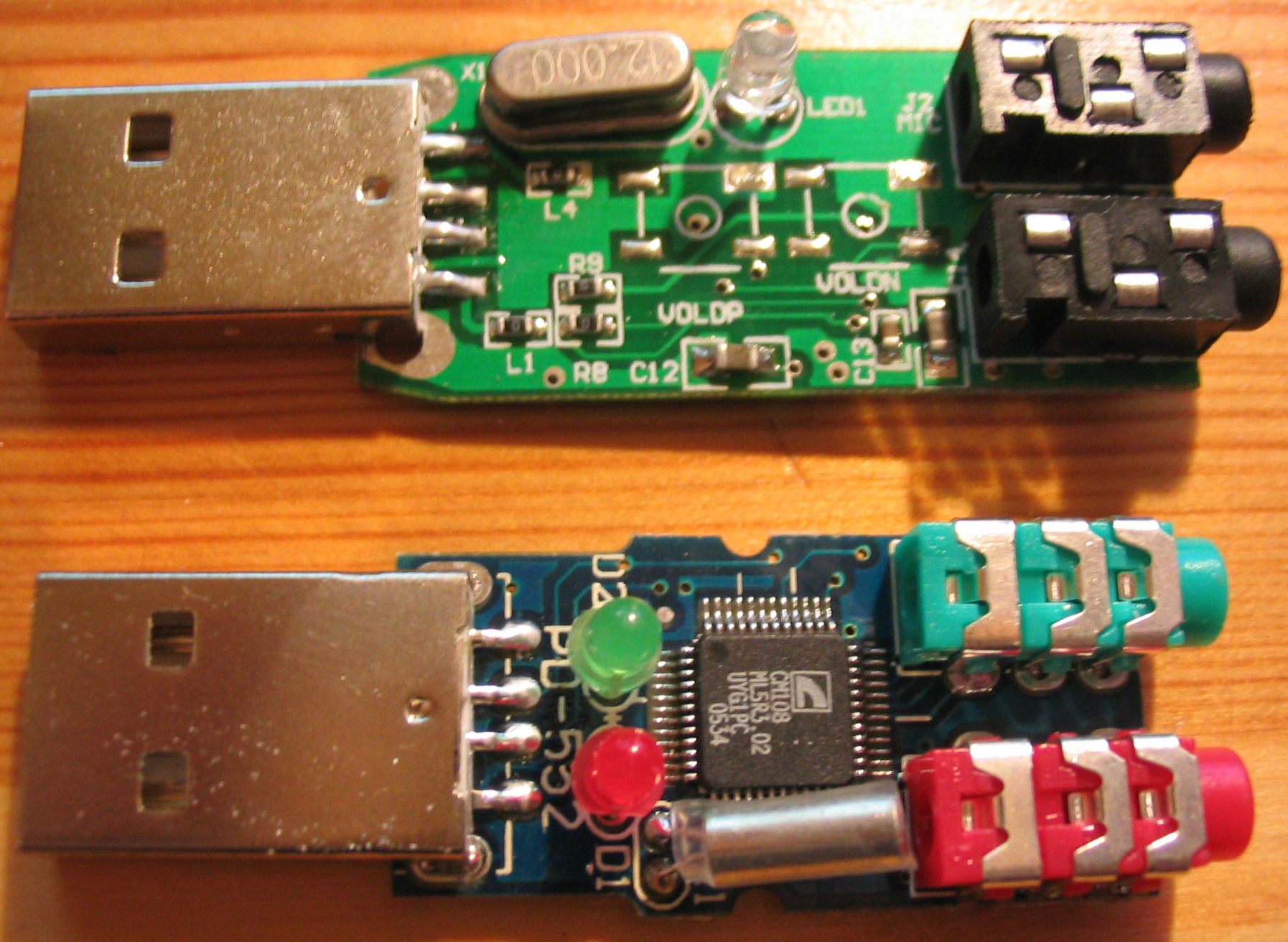
In this tutorial, we are going to use MobXterm in SSH mode to connect it with Raspberry Pi Zero W. It is also assumed that you have access to your Raspberry Pi terminal window. If it is not, then you can follow our previous tutorial on Getting Started with the RASPBERRY PI ZERO W – Headless Setup without Monitor. It's expected that your Raspberry Pi already has an operating system installed and can connect to the internet. Component Required for installing and testing USB Sound Card on Pi Zero This tutorial is the part of our Raspberry Pi Zero series where we are going to install USB sound card in Raspberry Pi zero W and we will use ALSA utilities to test sound card and sound device. The USB sound card or bespoke analogue with an ADC (analog-digital converter) can be used to connect the additional hardware to Raspberry Pi. We all know that the Raspberry pi zero W does not have audio hardware and pin-based PWM situation. The window shows all attached XMOS USB devices.A USB sound card along with the microphone is used to add audio capabilities to Raspberry Pi Zero that lacks an audio connector like other Pi versions. – Click the red ‘T’ icon that has been added to the Task Bar to open the Thesycon Control Panel. – Execute XMOS_EVAL_KITS_DEMO_DriverSetup_v4.11.0_.exe, to install the driver. – Go to C:\Thesycon\TUSBAudio_v4.11.0_\EvaluationKit\DriverPackages (or the location that you installed the driver).

– Attach the board using the USB connector. Supplied with customizable DFU wizard applicationĬustomizable splash screen, strings and iconsġ Feature supported by the driver, but not by XMOS firmware.Ģ The download package (EXE) contains the evaluation driver, but does not automatically install the evaluation driver. If you need a driver for your USB device, please contact your supplier who will be able to provide you with a driver for their product.


We do not provide drivers for third party USB products, even if they use XMOS USB chipsets internally.


 0 kommentar(er)
0 kommentar(er)
